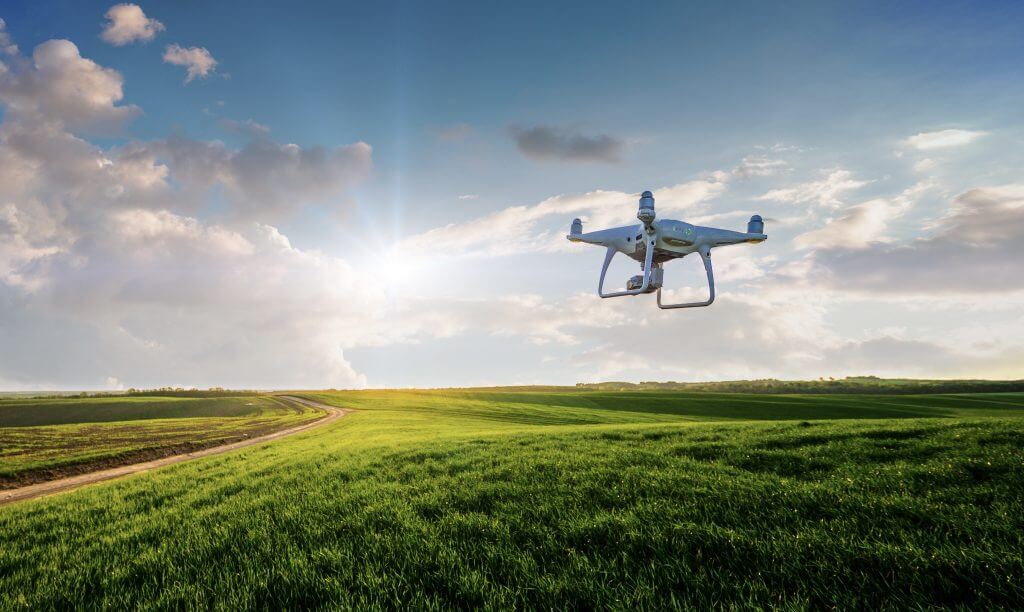If you’re operating drones commercially, especially in agriculture, cinematography, mapping, inspections, or light shows, you’ve probably heard of FAA waivers.
You may even have a few.
But here’s something most operators don’t realize:
Your FAA waiver status directly affects your ability to get insured, and how competitive your quote will be.
In this guide, we’ll break down what waivers underwriters look for, how they influence approval and pricing, and what you can do today to prepare for a smoother, smarter insurance process.
What Are FAA Waivers (and Why They Matter to Insurance)?
FAA waivers are formal approvals that allow drone operators to fly outside the standard Part 107 rules.
They include permissions like:
- Flying at night
- Flying beyond visual line of sight (BVLOS)
- Operating multiple drones simultaneously
- Flying over people or moving vehicles
- Spraying chemicals (Part 137)
Each of these waivers comes with additional responsibility, and increased risk.
That’s why underwriters care.
When you apply for drone insurance, especially for operations that go beyond basic line-of-sight video work, underwriters will ask:
- What waivers do you hold?
- Are they active and approved by the FAA?
- Do you have documentation to support them?
If the answer is no, many carriers will decline to quote.
Most Common FAA Waivers That Impact Insurance
Here are the waivers that most often show up in drone insurance underwriting, and what they mean for you.
1. Part 137 (Agricultural Spraying)
- Required for any aerial spraying of pesticides, fertilizers, or other chemicals
- Without it, carriers will not quote spray-related liability
2. Section 44807 (Drones Over 55 lbs)
- Required for any drone heavier than 55 lbs (like DJI Agras T50)
- Often paired with Part 137 in agriculture
3. 14 CFR §107.29 (Night Operations)
- Needed for drone light shows, inspections, or surveillance after sunset
- Must include proper lighting and safety procedures
4. 14 CFR §107.35 (Multiple Drone Operations)
- Required if a single pilot controls more than one drone at a time
- Common in light shows and advanced survey work
5. 14 CFR §107.39 (Flying Over People)
- Needed for urban filming, event coverage, or any ops near public crowds
6. 14 CFR §107.33 (BVLOS)
- Allows drones to fly beyond the visual line of sight of the pilot
- Often required for long-range pipeline, rail, and utility inspections
How Waivers Affect Your Quote
Underwriters view FAA waivers as a signal of professionalism and operational maturity.
If you’ve secured advanced waivers, it shows you:
- Understand the regulatory landscape
- Have operational discipline
- Are committed to compliance and safety
That helps you get:
- Faster approval for complex operations
- Access to specialized policies (like for spraying or night shows)
- More competitive pricing for experienced teams
On the flip side, if you apply for coverage without proper waivers, you may:
- Get delayed or declined
- Be offered limited coverage
- Pay higher premiums due to perceived risk
What If You Don’t Have the Waiver Yet?
That’s okay, as long as you’re transparent.
We often help clients apply for liability-only policies while waiting on FAA approvals. These can be upgraded once your waivers are granted.
You can also get quotes contingent on waiver issuance, especially for time-sensitive jobs.
Real-World Example: Mapping Operator Waiting on BVLOS
A drone operator in Arizona needed coverage for a utility mapping contract covering 20+ miles of power lines.
They were applying for a 107.33 BVLOS waiver but hadn’t received approval yet.
We helped them:
- Secure liability-only coverage for basic operations
- Quote a full BVLOS policy pending waiver approval
- Bind the upgraded policy as soon as the FAA waiver came through
The result? No downtime. No lost contracts.
What You Can Do Today
1. Make a list of current and future waivers
Keep digital copies of all FAA approvals, including dates, limitations, and renewal terms.
2. Talk to your broker early
Don’t wait until the day before a job. Some waivers take 6–12 weeks to get.
3. Submit your waivers with your quote request
It streamlines underwriting and positions you as a serious operator.
4. Ask about conditional policies
Need to start before the waiver arrives? We can often get you provisional coverage.
Final Thoughts: Waivers Are Your Key to Advanced Coverage
As commercial drone operations expand, so does the regulatory complexity.
But if you plan ahead, FAA waivers become your advantage, not your obstacle.
They unlock better insurance.
They show clients you’re legitimate.
They protect you when things go wrong.
At BWI, we help drone operators across all industries, from agriculture to light shows, navigate the waiver and insurance landscape every day.
[Request a Drone Insurance Quote That Matches Your Waivers—From BWI Today]
Continue Reading



